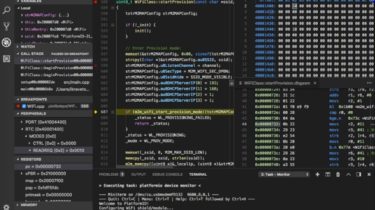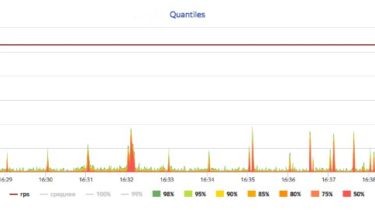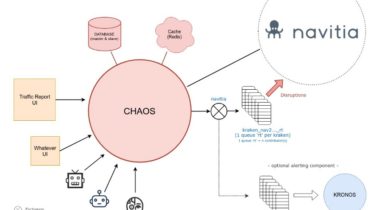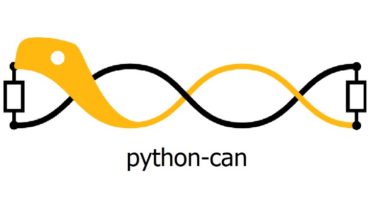Blender addons to make the bridge between Blender and geographic data with python
Blender GIS GIS datafile import : Import in Blender most commons GIS data format : Shapefile vector, raster image, geotiff DEM, OpenStreetMap xml. There are a lot of possibilities to create a 3D terrain from geographic data with BlenderGIS. Flowchart Exemple : import vector contour lines, create faces by triangulation and put a topographic raster texture. Grab geodata directly from the web : display dynamics web maps inside Blender 3d view, requests for OpenStreetMap data (buildings, roads …), get true […]
Read more








